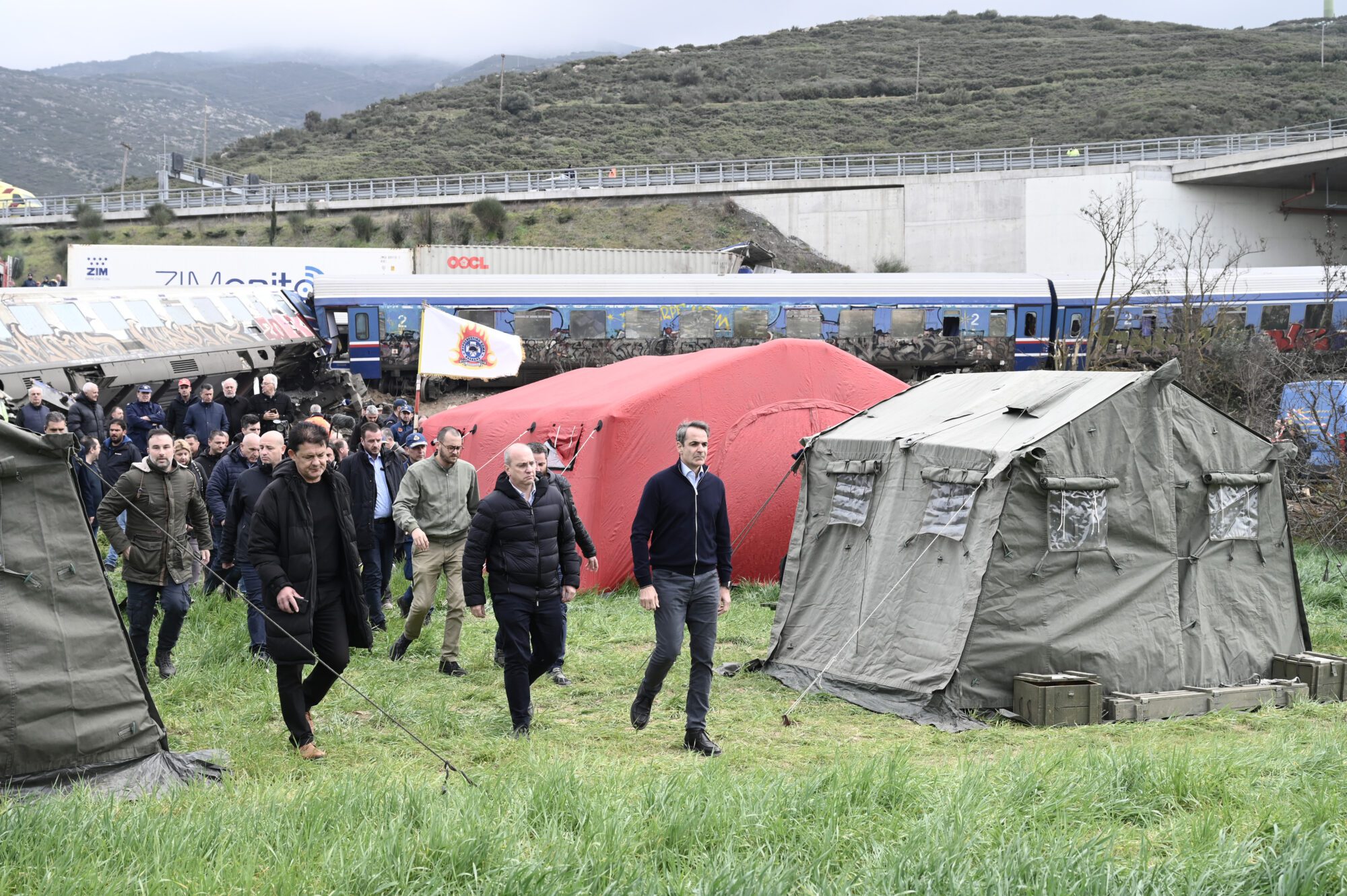The death toll from the train collision in Greece last Wednesday night, March 1st, has risen to 57, leaving dozens injured. It is Greece’s worst rail disaster, and Europe’s deadliest train accident in over ten years.
The train, with roughly 350 passengers on board, was traveling from Athens to Thessaloniki when it ran headlong into a freight train traveling from Thessaloniki to Larissa. The force of the crash caused multiple train cars to derail and left the front cars totally destroyed. An unnamed survivor told AP he felt the train braking strongly and saw sparks before the train came to a stop.
The rescue operation involved 150 firefighters, 17 emergency vehicles, and 40 ambulances. Greek police are using DNA samples to identify the victims.
As of now, the train station master is being held accountable. The 59-year-old, responsible for train traffic in Larissa, was arrested and charged with negligent homicide soon after the accident. He has denied wrongdoing, blaming the crash on a technical fault. However, the public release of an audio recording where the train master can be heard telling the train driver to ignore a red light, “pass the red signal,” undermines his plea.
According to Bloomberg’s report from March 3rd, there is much more to the story than the “tragic human error” which Greek Prime Minister Kyriakos Mitsotakis named as the cause of the crash in a televised address. The Greek train operator, Hellenic Trains, is privatized, and lacks the funds to modernize an operating system that has been failing for years. Signals are not automated, and there are no safety interventions in place to slow speeding trains. The particular signal light the train driver was told to ignore on March 1st was, in fact, already malfunctioning, according to a report by Proto Thema. As for the station master, he was only one month into the job and had no oversight; he was a new hire and although he was trained, he lacked experience. For a nation-wide train system that largely functions manually, experience is critical.
Greek Transport Minister, Kostas Karamanlis, resigned the day following the crash, denouncing the state of train infrastructure as “in a state that does not suit the 21st century.” The heads of the Hellenic Railways Organization (OSE) and its subsidiary, ERGOSE, have also resigned.
Since the accident, Hellenic Train headquarters have been targeted by demonstrators. Several labor unions and the Greek Women’s Federation have planned further protests in front of the offices of the Hellenic Train company. Violent protests have also erupted on the streets of Athens where participants have ignited dumpster fires, thrown stones at train offices, and caused disruptions to business and transportation. Police retaliated with tear gas.
Members of the train union and protestors believe the train disaster was an accident waiting to happen. Numerous demonstrators entered the national parliament, calling on leaders to resolve the country’s infrastructure problems. The train union referred to their repeated pleas for more permanent staff, training, and modern security technology, which have hitherto been ignored.
The privatization of the train company is cited as one of the reasons for the deterioration of the train lines. Greece sold the railway operator Trainose to Italy’s Ferrovie dello Stato in 2017 as part of an international bailout program, expecting hundreds of millions of euros to be invested in their railways in subsequent years. Trainose was renamed Hellenic Train in 2021.
The investment into the railway service following its sale and rebranding has till now not materialized.






